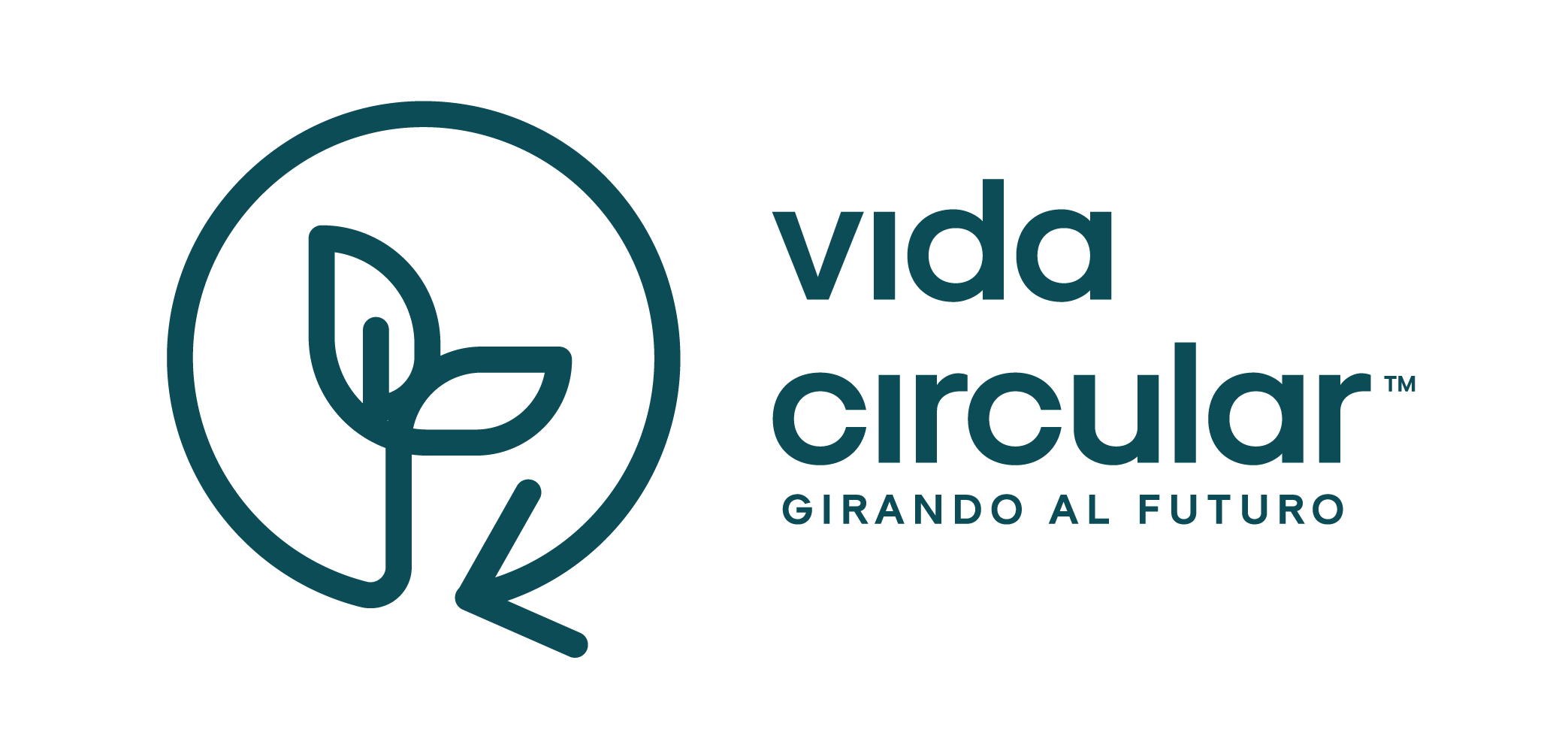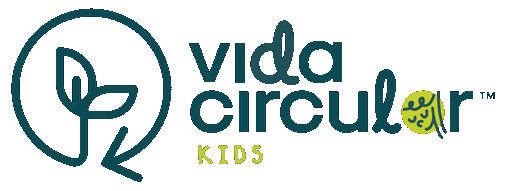SUSTAINABLE DESIGN - ECO-DESIGN
Ecodesign is born from a radical, restorative and regenerative approach to business.
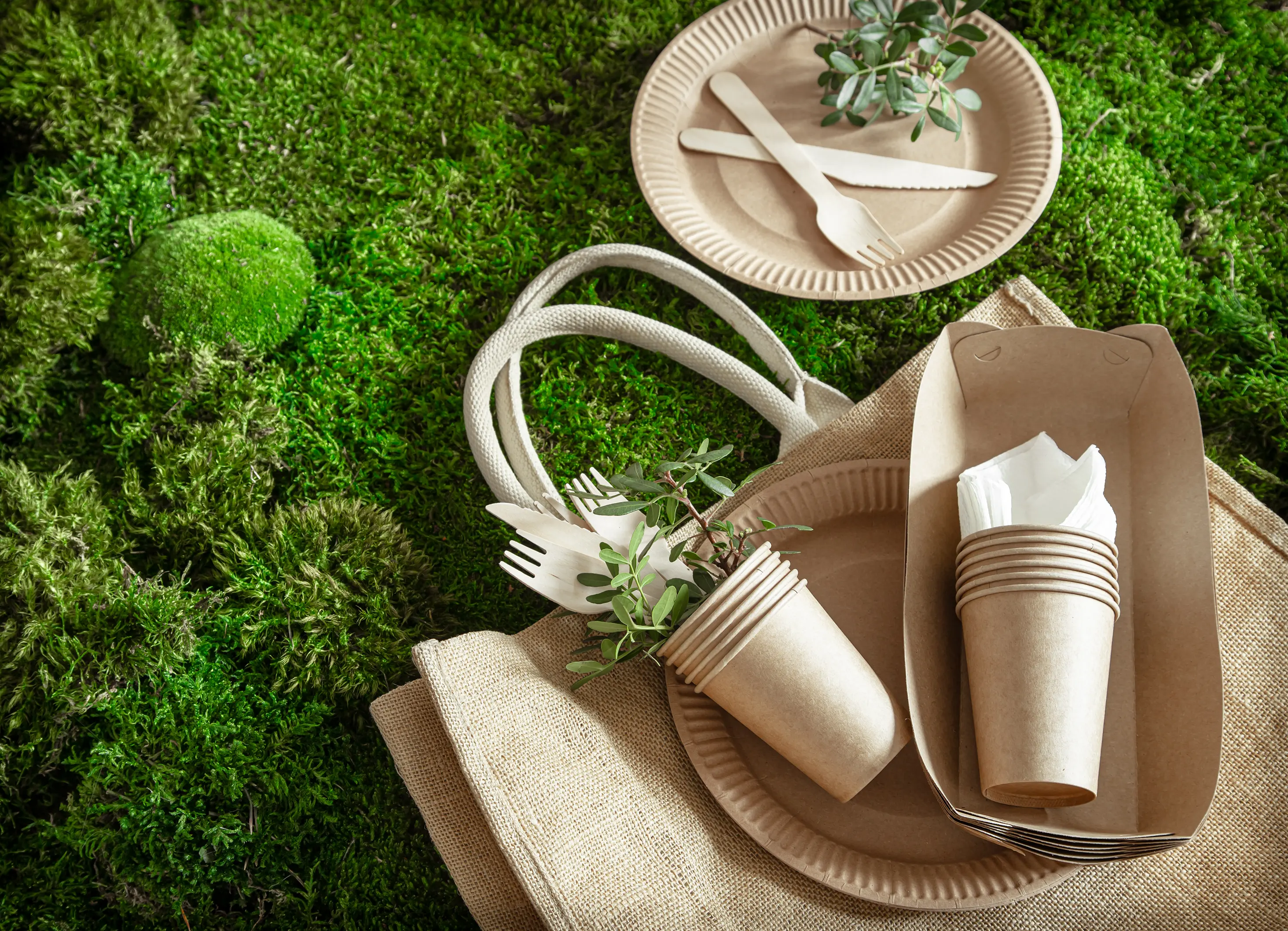
We have the opportunity to redesign everything!
Design has played an important role in the way we deal with goods today, but also behind the change we require.
Eco-design is fundamental to the circular economy, as it drives the creation of more sustainable and environmentally friendly products.
Ecodesign
Ecodesign is fundamental in the circular economy, which abandons the old scheme of buy, use and throw away. It seeks to create sustainable products and services at all stages, from their creation to their reincorporation into production processes.
This technique takes environmental factors into account, so measures are implemented to ensure that its production does not have negative effects on the environment.
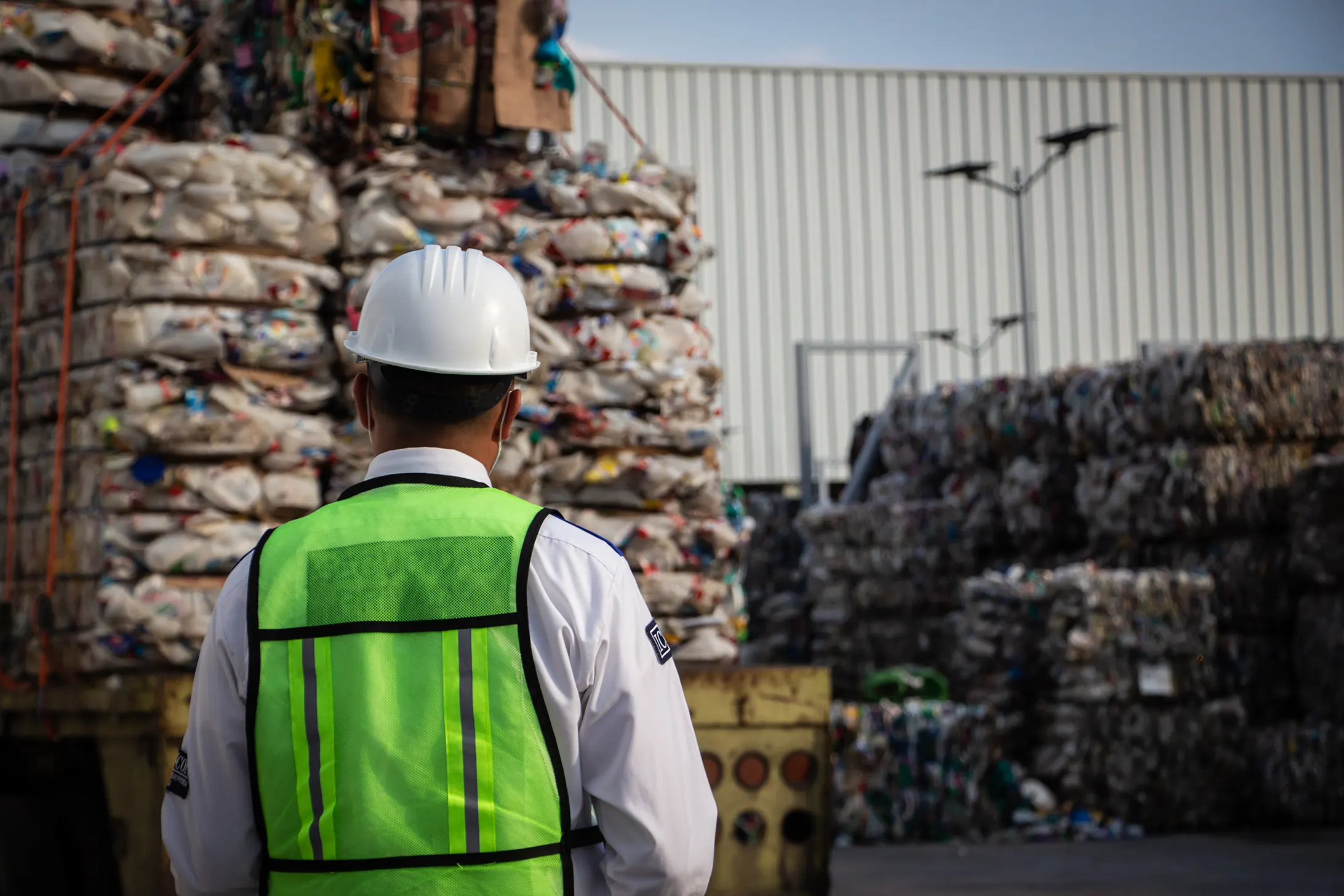
Ecodesign features
It is crucial to consider the entire product life cycle.
Reducing the use of raw materials in manufacturing involves optimizing both the amount of materials and the energy used in the production process.
It is important to use materials that can be reused or recycled.
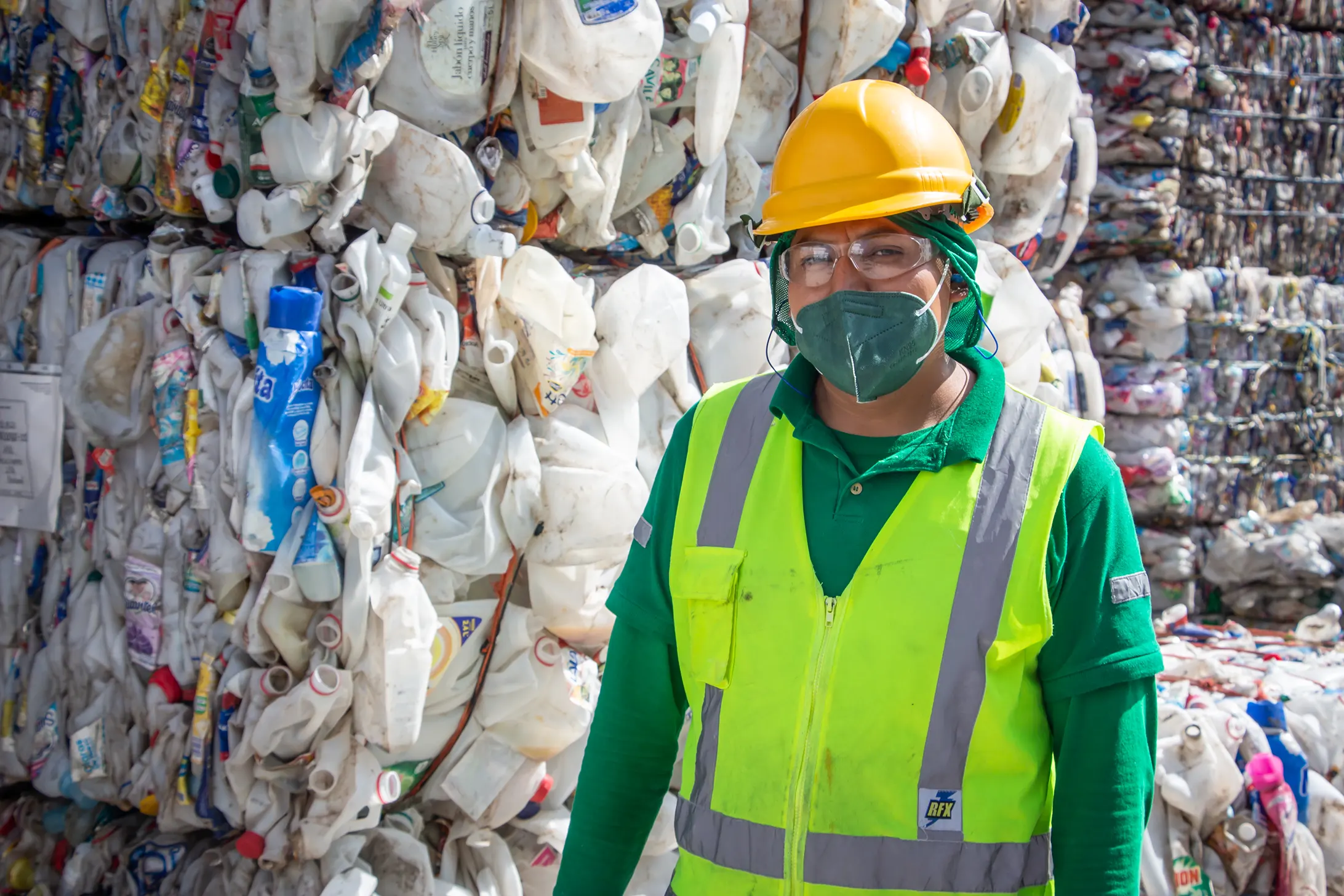
Benefits of eco-design
Manufacture of higher quality items using durable materials.
Reduction of CO2 emissions.
100% recyclable containers and packaging.
New Ecodesign Regulation:
Promoting Circularity and Environmental Sustainability in Products
The new Regulation (ESPR), proposed as part of the Ecodesign Directive 2009/125/EC, establishes requirements for improving the circularity, energy efficiency and environmental sustainability of products, which includes:
